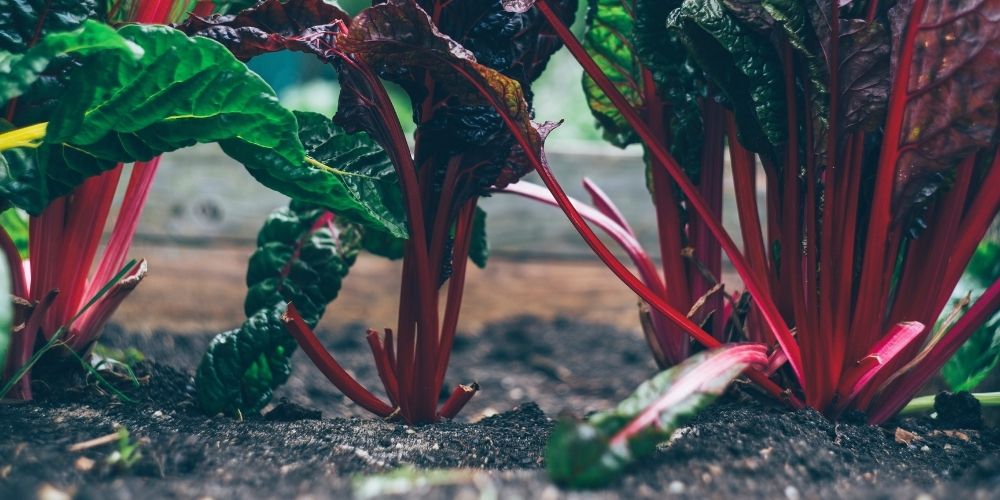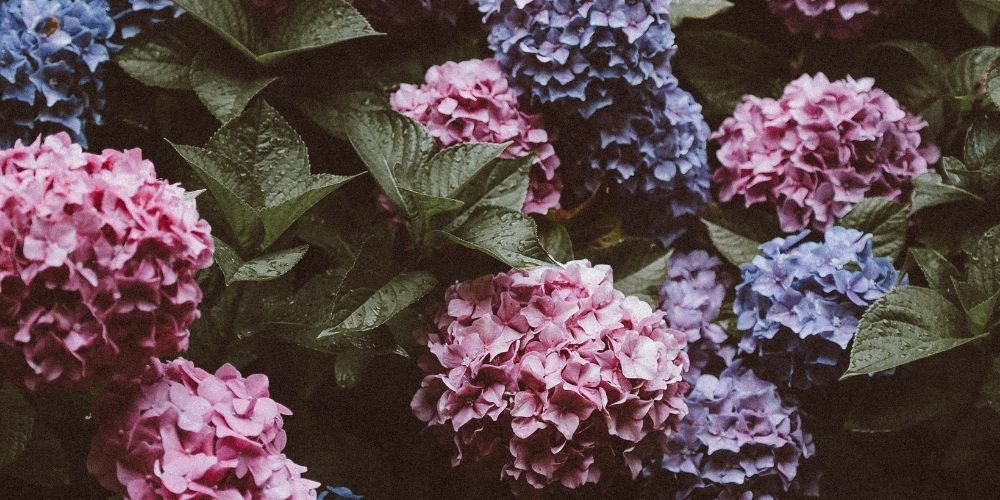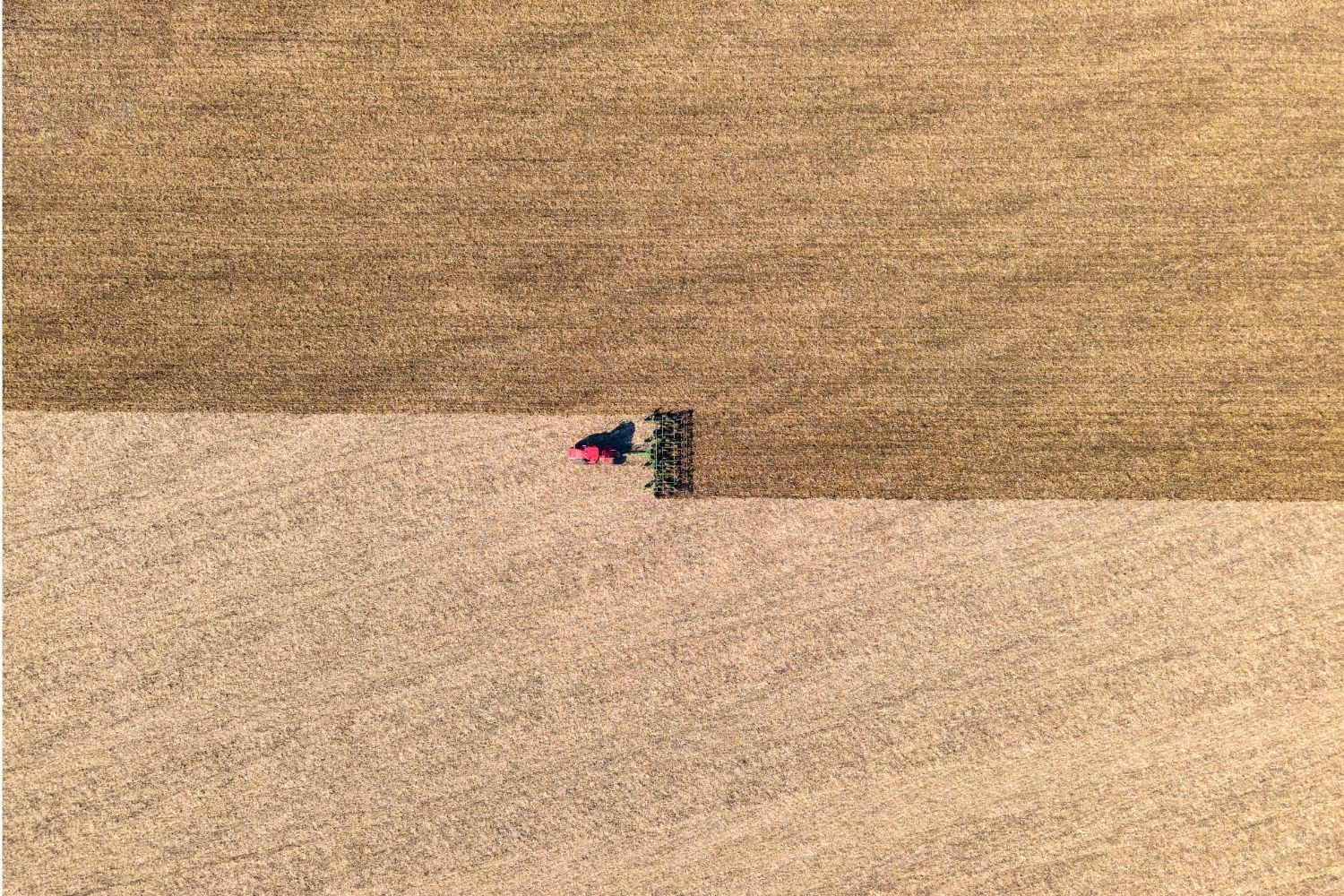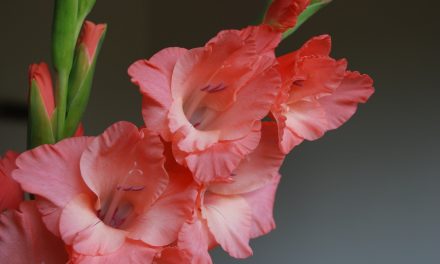One habit that new gardeners often fail to break out of is keeping their plants bound to small containers and denying them sufficient room to grow. They are so focused on the growth of vegetation, or trying to attain a high fruit or vegetable yield, that they forget that the root system powers a lot of this growth. Without room, a plant will fail to reach its full size, fail to acquire enough nutrients from the soil, and, in the most extreme cases, wither and die. By giving your plants enough room to grow, they should appear healthy and have the strength necessary to better resist damage and disease. If your plant fruits, you should also notice that the fruit produced will be larger and more delicious.
How does giving a plant more room to grow help to ensure that it will be healthier?
Just as a plant’s stem, and any resulting leaves, flowers, and fruit, grow upwards, the root system is also growing in the opposite direction. As is the case with us humans, plants need water and nutrients in order to maintain their good health and resist disease.
Much of this water and nutrition is found in the soil where the root system expands. If the root system is prevented from reaching its full size or gathering the required sustenance (either because the pot or container is too small, or because there are too many other plants to compete with) then the plant’s health will be negatively affected. Plants also require sufficient sunlight to photosynthesize and generate chemical energy.
If a plant is surrounded by other plants, especially ones that are larger in size or taller, there is a chance that the required levels of sunlight will not reach it and that it will become weak or even die. Creating room for your plants will give each plant a chance to receive the water, nutrients, and sunlight that they all need to remain strong.
You need to use the right containers for your plants
The general rule to follow when considering container size is that the larger the container, the better it is for the plant. Realistically, you will have to limit the room reserved for each plant if you intend to grow multiple plants.
The best indicator for deciding whether a container has become too small for a plant is the general health of the root system. If the roots are beginning to curl, become tangled, or are trying to escape the pot through the drainage holes, then the plant needs to be given more room and repotted.
For larger plants, you may even decide that they need to be planted in the ground so that the root system has sufficient room to grow to its full size.
If planting multiple plants together, consider leaving enough room between each plant
Just as containers can restrict the growth of root systems, other root systems can also create similar problems. Aside from blocking a plant’s ability to grow to its full size, competing root systems are trying to draw the same water and nutrients from the soil.
This could mean that if your plants are growing together within a very limited space, you may be left with a large number of unhealthy plants. To avoid this, give each plant sufficient room to grow and repot them once their root systems are about to clash with one another.
Each plant is slightly different, and a seed packet will typically suggest the amount of room that needs to be left between each seed that is placed in the soil.
- Can you grow potatoes in winter?
- 3 Reasons Why Do Plants Need To Be Repotted
- What Garden Plants Need Lime?
Remember that giving a plant more room to grow is not just about its root system
As the plants continue to grow, you may notice that some of the leaves are preventing sunlight from reaching those of other plants. Not only does this stall photosynthesis, it pressures these other plants to stretch their length and weaken themselves in order to attain enough sunlight.
If you notice that a plant is growing poorly as a result of excessive shade, or that its stem is exceedingly long and clearly struggling to reach the sunlight, then the plant needs to be repotted to give it more room.
To save time and space, you can begin repotting the least healthy plants so that stronger plants can take advantage of the increased room. In the meantime, the weaker plants will be given a chance to recover.
Plants need room to grow to produce high quality fruit, vegetables, and flowers
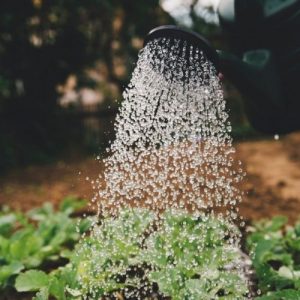
For gardeners growing vegetables or fruiting plants, giving a plant sufficient room is absolutely essential for maximizing the chances of a high yield and delicious taste. As water, nutrients, and sunlight all play a role in the plant’s general health, the only way a gardener will be able to harvest large amounts of fruit or vegetables is if he or she ensures that the plant has the energy needed to produce such quantities.
The amount, size, quality, and taste of the fruit can all be negatively affected if the plant is unable to maintain its strength. If your plant is a flower, poor health can also have a negative effect on the general appearance of the flowers once they have bloomed. If you hope to collect beautiful flowers with intact petals that show no signs of wilting, then the plant needs to be given enough room to grow from the very beginning.
The importance of giving your plants room to grow should not be underestimated
It is surprising how such a small detail as the space a plant grows in can have such a large impact on the growth of a plant. Even with the best nutrients, and the right amounts of water and sunlight, a plant will still not grow to its full size without enough room.
As repotting your plants will be inevitable, you can prepare by purchasing a selection of containers as well as the tools necessary for the task. If you pay attention to the root system, as well as the overall strength of the plant, you should find that repotting and moving your plant where necessary will help to ensure healthy growth.

